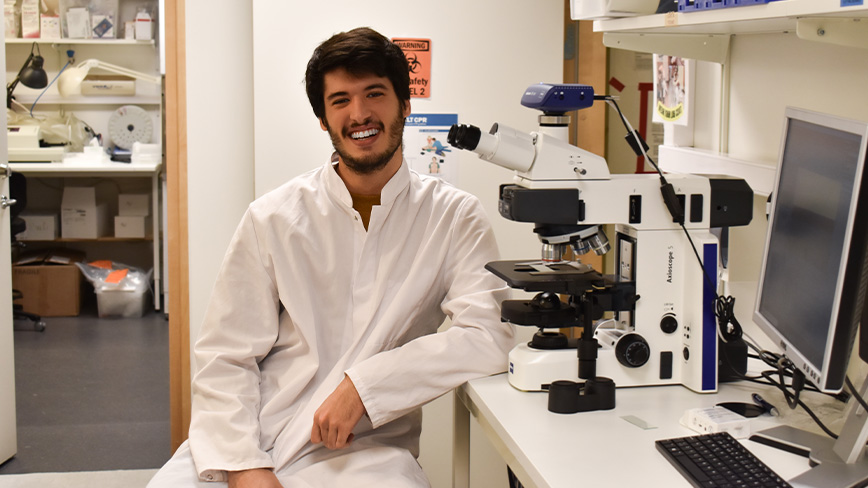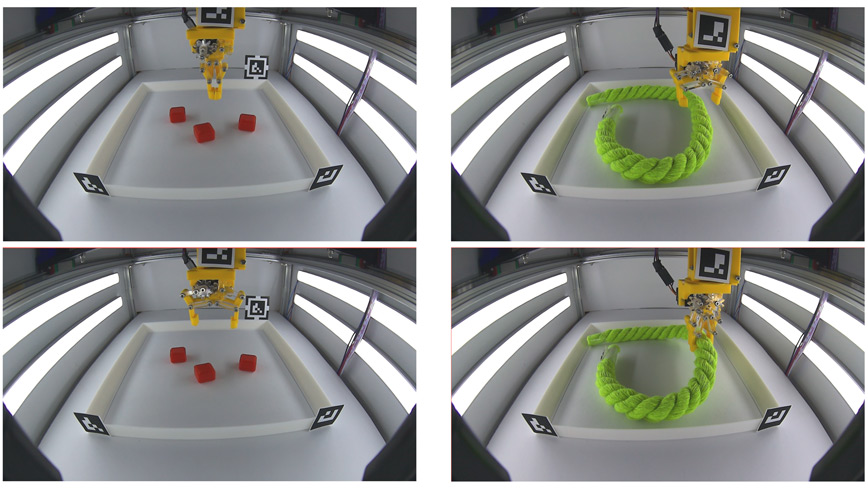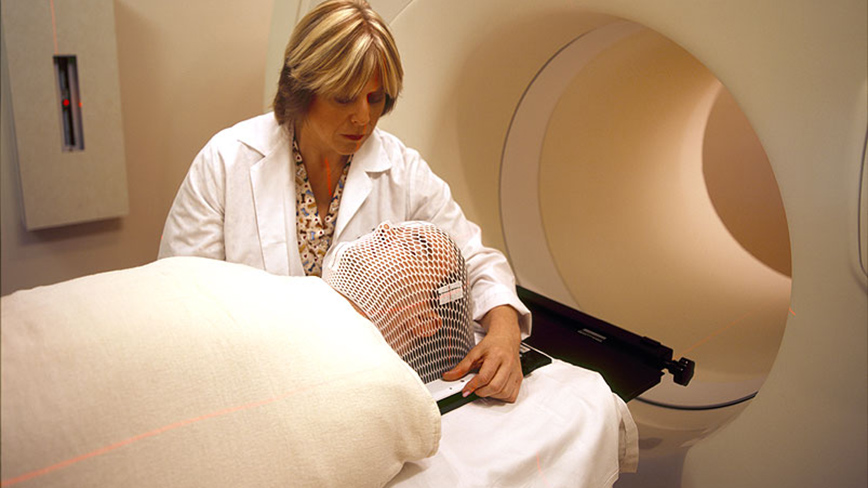Earlier diagnosis of cancer with Lucky Loop

If you have a cyst, you want the doctor to be able to tell you how severe it is. But until now, this has been more complex than it sounds. The new start-up Lucky Loop will help diagnose pancreatic cancer earlier.
The current technology used with diagnosing cysts remains inadequate. Inside the endoscope is a needle that punctures the cyst to examine what type of cells exist in it.
“The problem is that the needle can only retract liquid inside the cyst, and the liquid contains too few cells to diagnose," says Filipe de Palma Marques, founder of Lucky Loop and a doktoral student at the KTH Division of Micro and Nanosystems.
The initiative to investigate this new technology came from, Francisco Baldaque-Silva, medical doctor at Karolinska Institutet in Stockholm. He approached professor Wouter Metsola van der Wijngaart who formulated a preliminary solution. The two of them initiated the project. To boost the teams competence of medical technology, they brought in Associate professor Niclas Roxhed, who turned out to be a crucial part of the project.
The solution
Together, Wouter, Filipe and Niclas asked themselves: “How do we increase the number of cells in the liquid?’’
Through the endoscope needle, they created a brush using the metal Nitinol. Inside the cyst, the brush expands and conforms to a rotating loop. Cells are then recessed into the liquid.
“This was a first-trial thing. That’s unusual. It was, in a sense, lucky. In this way, we can scrape the inside of the cyst to increase the number of cells in the liquid. Kind of like a lasso that cowboys use”, he says.
The liquid extracted from the cyst can then be put under a microscope to diagnose if the cyst is binary or malignant. Or have the potential to be.
“This will help doctors to diagnose patients earlier than ever and conduct the right treatment for that specific type of cancer”, he says.
The name might confuse you. But hopefully, no more.
“The name origins from the character Lucky Luke. We just played around with the words. Since we were lucky, the solution contains a loop; Lucky Loop”.
What’s next
Today de Palma Marques splits his time working as a doctoral student and the start-up. On a typical day, he spends his time testing in the lab, analysing data and writing papers.
During the time he spends working with Lucky Loop, he plans clinical trials, figures out how to manufacture devices and how to design them and learns how packaging for clinical devices works.
Lucky Loop was founded with support from KTH Innovation who offered business, patent and legal support, help with investor relations, and much more.
“It’s a constant learning. But we get much help from KTH Innovation and colleagues at the division who has a lot of experience.”
In November 2022, the company also received a 300 000 SEK grant from Vinnova as an Innovative impact startup.
The goal for 2023 is to conduct clinical trials. Mainly to test safety. But the long-term goal is to see this product used to diagnose people. All around the world.
“I look forward to seeing our product be useful in diagnostics and help save lives. That’s why I do it”.
Text: Charlotta Alnersson
Related news

Better data analysis can improve treatment of Parkinson’s disease
More accurate data help understand how extensive local brain networks are affected in patients.
Read the article
KTH researchers developing new approaches to robotics
Robotics has the potential to unlock large benefits for society, but new applications, such as assistive robotics functions in healthcare require fundamental breakthroughs in how robots reason and int...
Read the article
Four codes that can change the future of energy use and cancer treatments
Over the next four years, researchers at KTH will optimize four codes that can have significant impact on global energy use and the treatment of cancer patients. But competition is fierce between rese...
Read the article